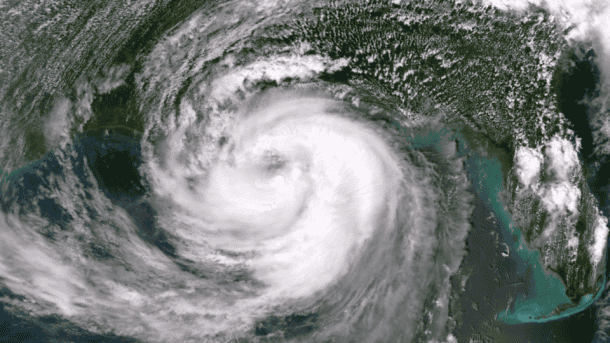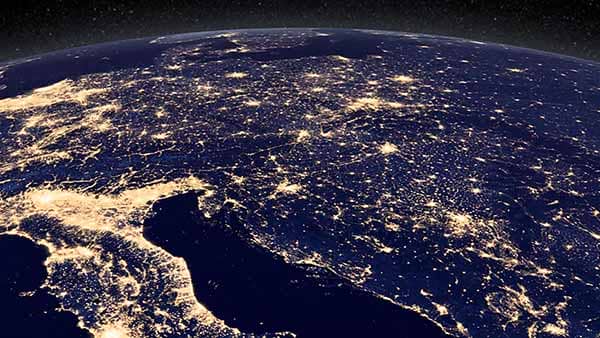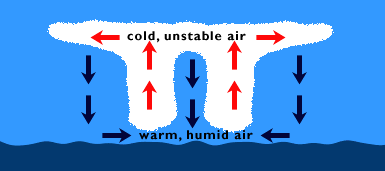Can you imagine what it would be like if we could just destroy the eye of the storm with a nuclear bomb? How many lives can we save? How much property damage can we avert?

You are not the only one who thinks like this, scientists have thought that too. The logic is theoretically based on the idea that the heat from the bomb could neutralize the cold stormy winds of the hurricane to destroy the convection center. The idea has been circulating since the 1960s, and we are finally putting the debate to rest.
Yes, you are wrong! Here is how Chris Landsea, the expert, justifies it. Chris responded to the proposition back when he was with Hurricane Research Division of Atlantic Oceanographic and Meteorological Laboratory at NOAA while working as a research meteorologist. Now he is working as the science and operations officer at National Hurricane Center. He says,
“The main difficulty with using explosives to modify hurricanes is the amount of energy required; it is equivalent to a 10-megaton nuclear bomb exploding every 20 minutes.”
If you have trouble imagining how much energy is he talking about, here is an estimate. It is equivalent to the amount of energy used by an entire world population in 2011, but only if we multiply it by 3. The attempt to stop the hurricane with a nuke is like trying to stop a racing vehicle using a delicate flower.

The hurricane at its peak would release a minimum of 50-terra-watt heat energy, and only 1% of it attributes to the winds. Warm ocean waters are the source of this energy during the condensation of water vapors into raindrops. The condensation releases the heat that heats the air in the surrounding and causes more evaporation. Thus, the condensation goes on and on.

A hurricane gets its energy from warm ocean water in the process of water vapor condensing into rain droplets. The heat released during condensation continues to warm the surrounding air. Thus, it causes more seawater to evaporate, condense, and the cycle is repeated. Imagine if we bomb the eye of the hurricane in the process. What we have just done is that we provided more energy to the vortex and made the hurricane even stronger.
To answer any newly spawned question from this information, Chris says,
“About 80 of these disturbances form every year in the Atlantic basin, but only about 5 become hurricanes in a typical year. There is no way to tell in advance which ones will develop.”
In case you wanted to nip the hurricane in the bud, say it wasn’t about the energies. Nuking the convection center of the hurricane will turn it radioactive. So, all in all, that is one big fat no.

Alright, alright! I won’t fire the nukes, relax Chris.


